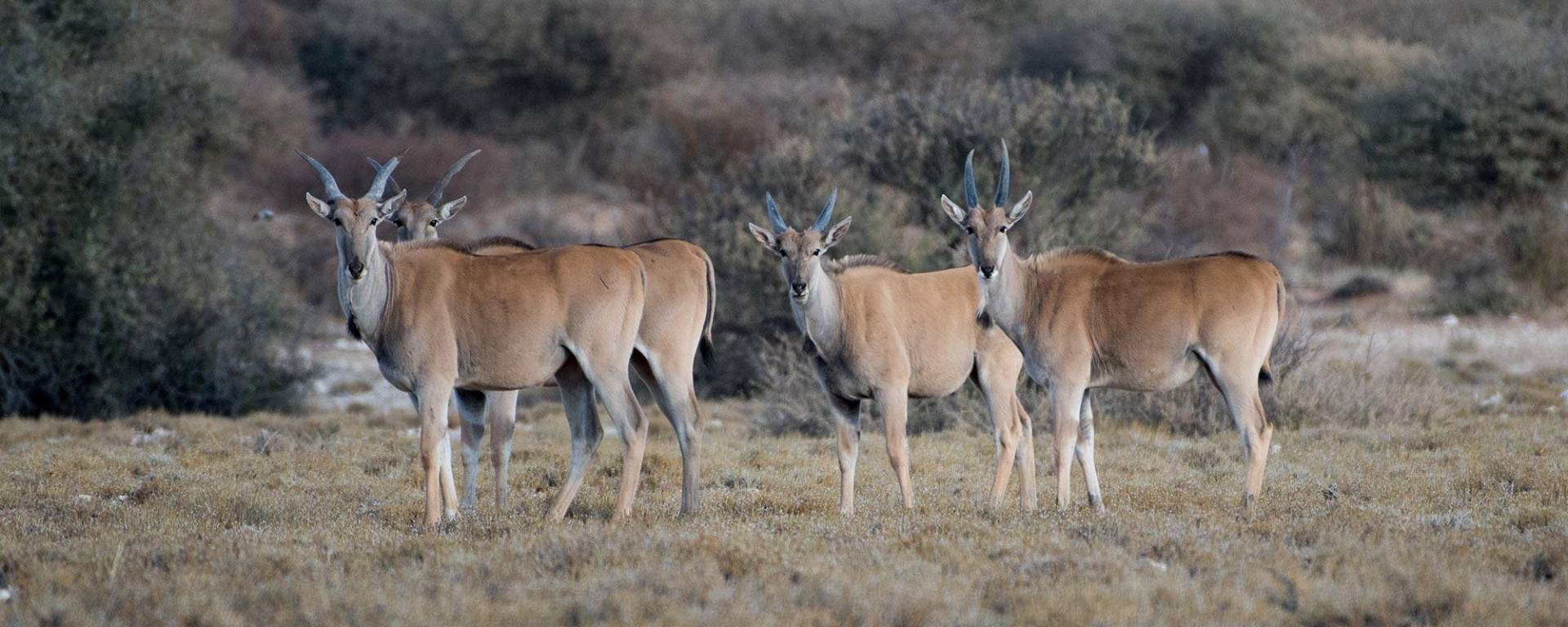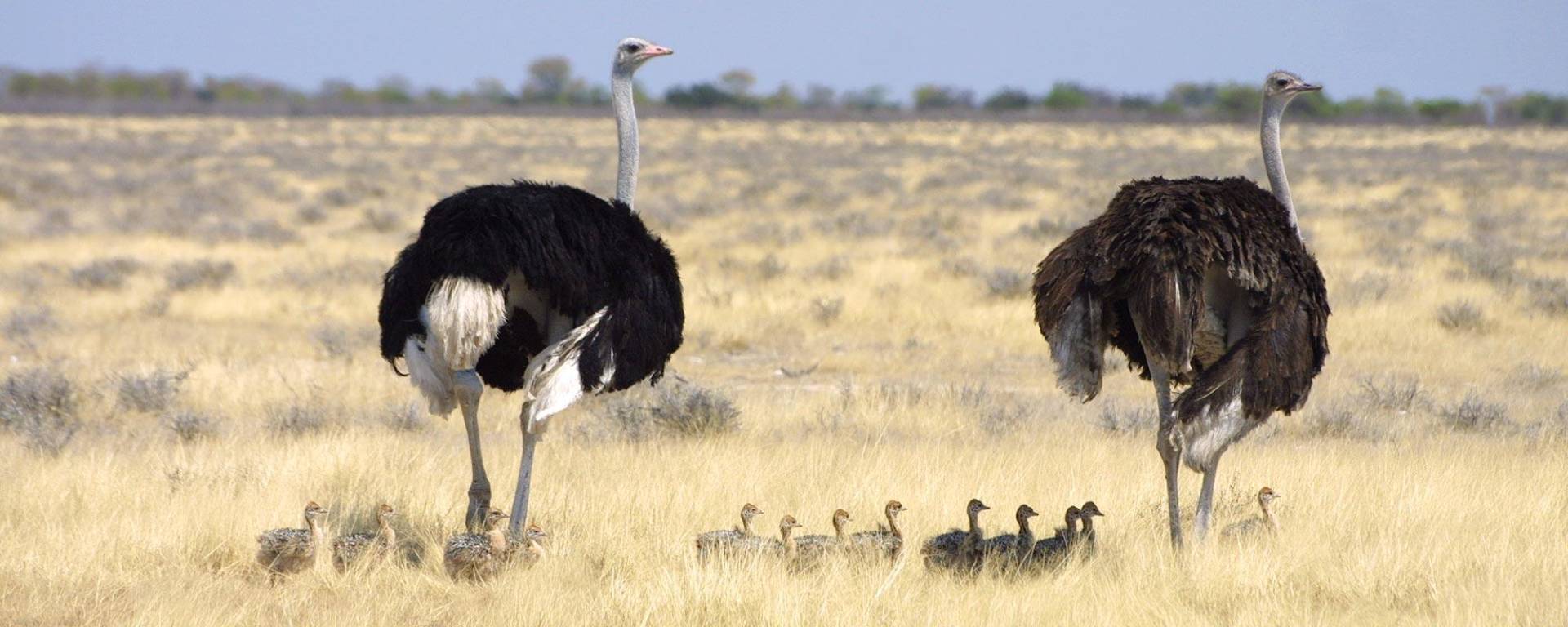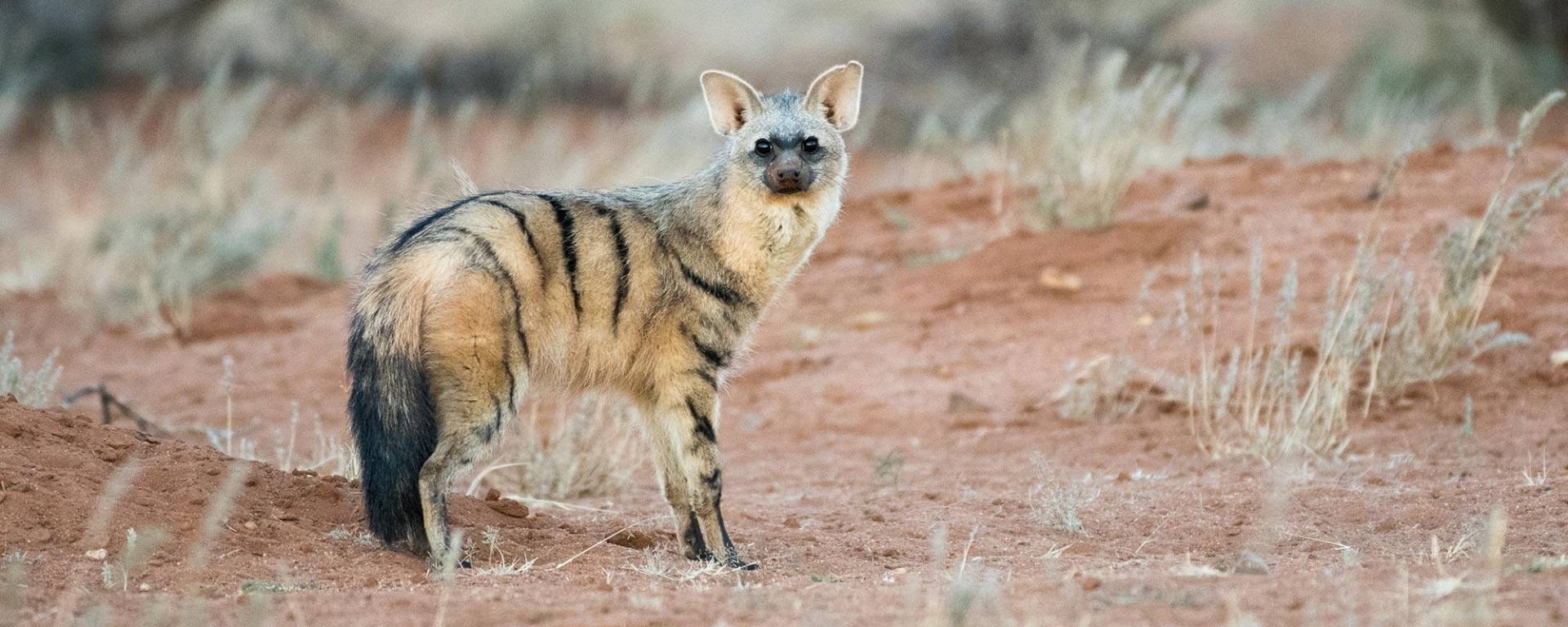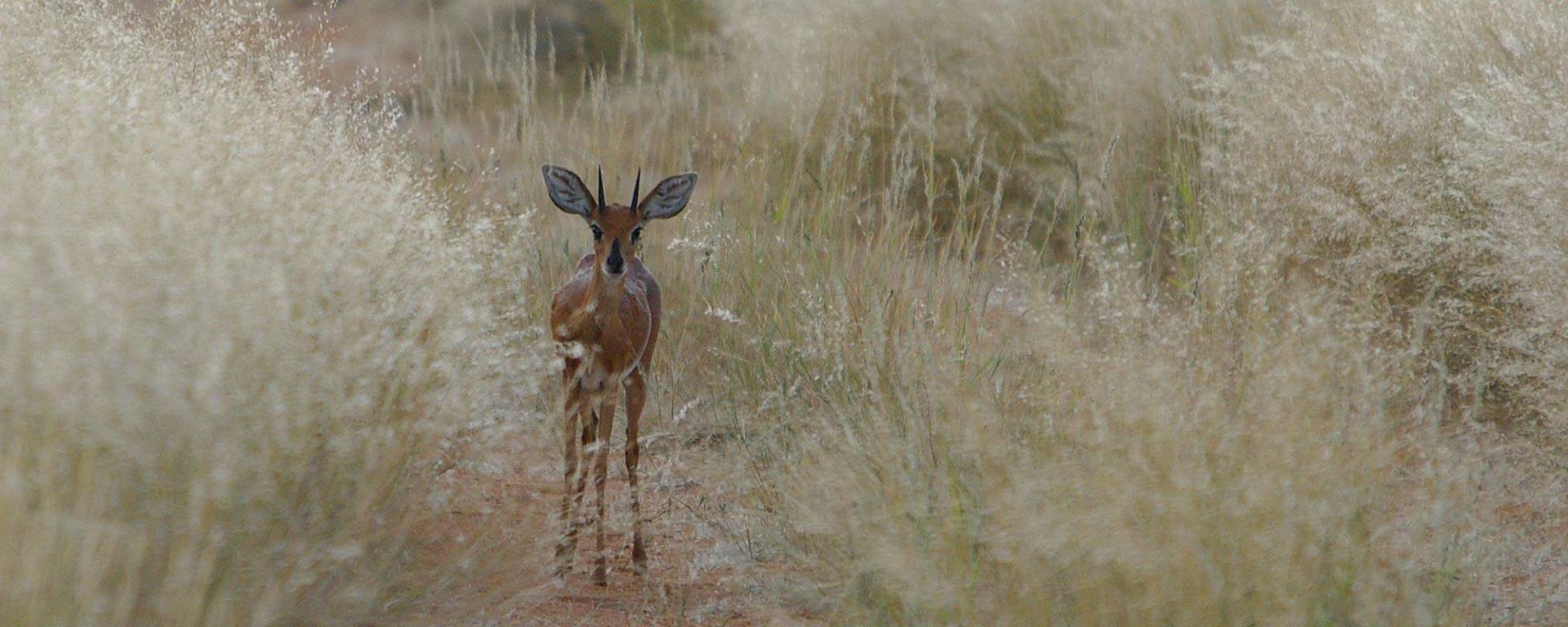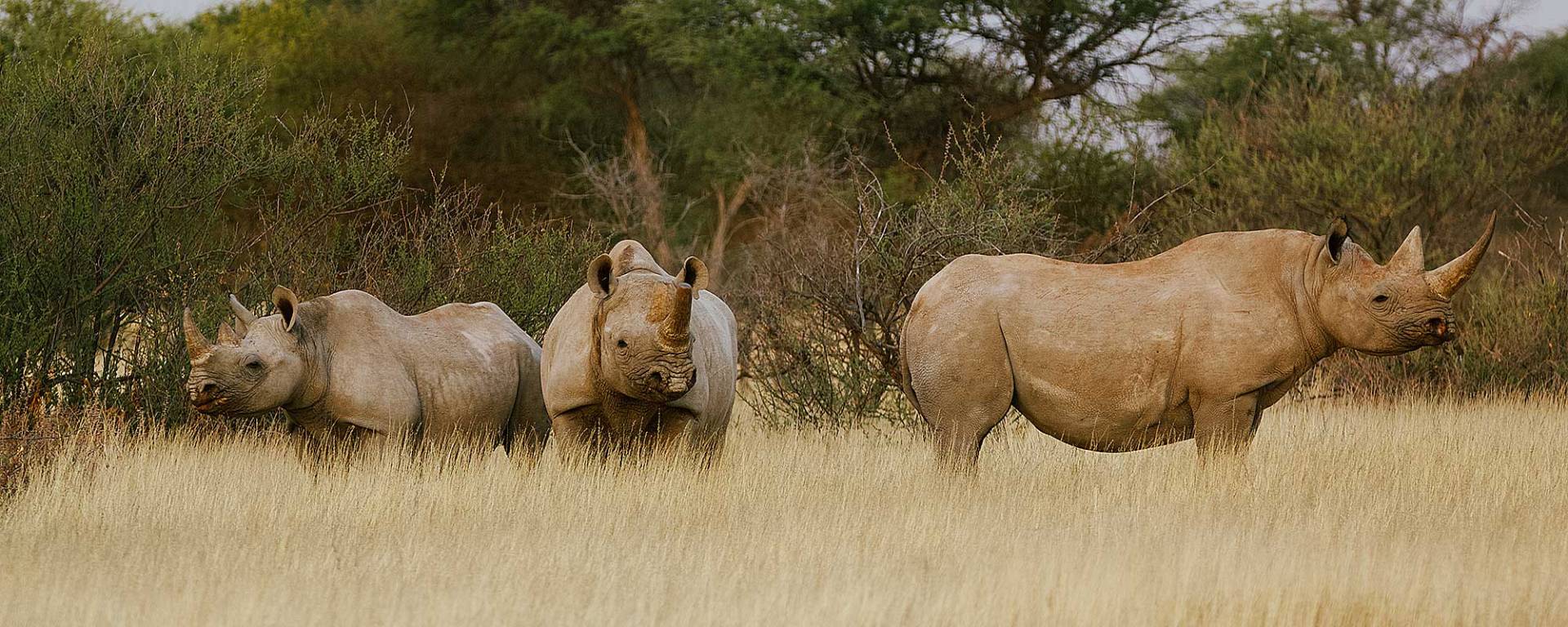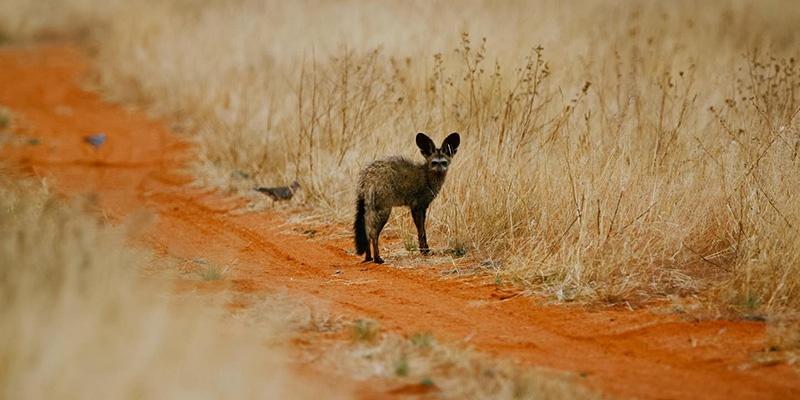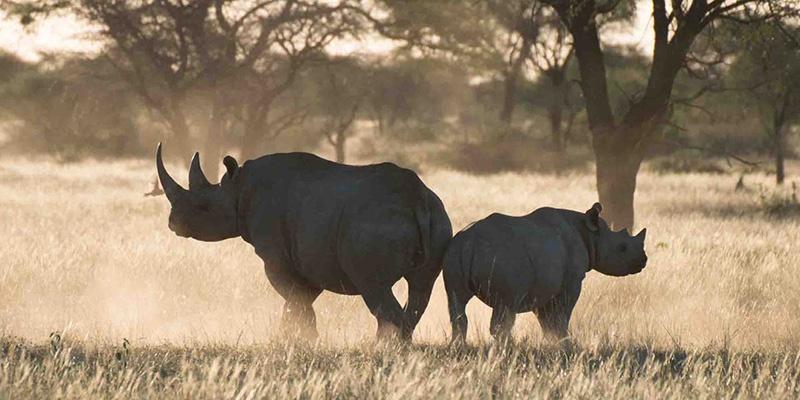Kuzikus Wildlife Reserve
KUZIKUS (Nama language: whitethorn tree, lat. Acacia carroo) is a private wildlife reserve on the edge of the Kalahari. We have been committed to protect endangered species for the past 40 years.
The vast diversity of free-living wildlife (most is conservation- dependent in IUCN red list) is the major attraction of Kuzikus: there are over 3000 individuals from more than 20 larger animal species such as the Common Eland (Taurotragus oryx), the Greater Kudu (Tragelaphus strepsiceros), the Gemsbok (Oryx gazella), the Hartebeest (Alcelaphus buselaphus), Gnu (Connochaetes gnou and C. taurinus), the Blesbok (Damaliscus albifrons), the Springbok (Antidorcas marsupialis), the Steenbok (Raphicerus campestris), the Common Duicker ( Sylvicapra grimmia), the Impala (Aepyceros melampus), the Burchell’s Zebra (Equus quagga burchellii ), the Ostrich (Struthio camelus australis and the Giraffe (Giraffa camelopardalis giraffa).
Kuzikus is also home to Pangolins (Manidae), aardvarks (Orycteropus afer), Bat-eared foxes (Otocyon megalotis), aardwolfs (Proteles cristatus) as well as Rock Pigeons (Columba livi), and an impressive array of other birds, insects, spiders and plants.
Especially in the vastness of the Kalahari, it is a unique experience to witness the large, free roaming game herds or explore the expansive saltpans and overgrown dunes on foot or on horseback.
The south-western Black Rhinoceros (Diceros bicornis bicornis) is critically endangered (IUCN red list), facing an extremely high risk of extinction in the wild, and we feel privileged to have obtained a special permission to renaturalise these rare creatures on KUZIKUS. This offers you a good opportunity to see the Black Rhinoceros in the wild, and learn more about the Custodian Black Rhino Project.
Our reserve lies off roads with heavy traffic and main tourist routes, hidden on the edge of the Kalahari, making it ideal for a most individual holiday.
In close co-operation with nature conservation authorities, we endeavour to preserve a part of unspoilt Africa.



